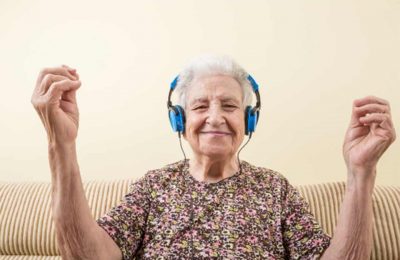Getting too much or not enough sleep has long been known to be linked to overall poorer health outcomes and obesity risk. Now a new study looks at whether a mid-day nap is linked to either better or worse health outcomes.
A multi-national group of researchers has published a new study in ObesityTrusted Sourcethat connects siestas or naps with increased risk of obesity and metabolic health conditions.
Siestas, a common practice in countries like Spain, typically involves a significant break for lunch and a nap before returning to work later in the day. The primary focus of the study was on how siesta (or nap) length is linked to metabolic health.
The study found that longer siestas of 30 minutes or more were more closely tied to increases in indicators of poorer health. This included higher BMI, fasting blood glucose levels, and various blood pressure readings.
A longer nap linked to worse health?
The study itself, which involved 3,275 adults with an average age of 41, drew participants from previous research called the Obesity, Nutrigenetics, Timing, and Mediterranean (ONTIME) studyTrusted Source.
Researchers found that not all siestas were created equal, with longer ones lasting over 30 minutes were linked to higher obesity rates and poorer health indicators like higher blood pressure levels.
Comparatively, people who took shorter siestas or naps under 30 minutes did not have an increased risk for obesity or other metabolic conditions.
Specifically, researchers found those who took naps longer than half an hour saw a 2.1% increase in their BMI and a higher MetS score (indicating symptoms of metabolic syndrome) by 8.1%. When looking at lifestyle factors the researchers found that those who habitually took a long siesta once a week were also more likely to smoke as well as eat, sleep, and participate in physical activity later in the day.
Siestas and power naps
Study author Dr. Marta Garaulet (PhD) of the University of Murcia in Spain, says that it’s important to understand the cultural significance of siestas and to also consider how they are being talked about in other countries and contexts, like in massive corporate companies.
“I have noticed..that even in the US when we are working on the computer, several people, I’ve seen that they have like a power nap,” Garaulet said. “I think the question is, ‘okay, we know this is different, but should we recommend that [siesta] for in the US, or for non-Mediterranean countries?”
Dr. Frank A. J. L. Scheer (PhD), another author on the study and a longtime collaborator with Garaulet on similar research, says the study has implications for how we understand the health benefits of naps.
“That’s where people have tried to say, ‘Okay, what type of duration of naps limits the adverse effects but maximize the beneficial effects?” Scheer said. ” And so that’s where the power nap concept comes from, and so there’s a lot of research that backs that up, but it’s primarily on cognitive performance, whereas this study was really looking at the cardiometabolic association.”
How naps are linked to BMI, blood sugar and hypertension
Dr. Carleara Weiss (PhD, RN), a nurse-researcher whose postdoctoral work focused on circadian rhythms, said the study’s findings can help practitioners and patients better understand and articulate the domino effect that can come with changes in sleep.
“It affects hormone regulation, it affects mood, concentration, physical performance. So it does make sense that having longer naps would affect how the biological clock works, and then hormonal regulation and metabolism as well,” Weiss said.




